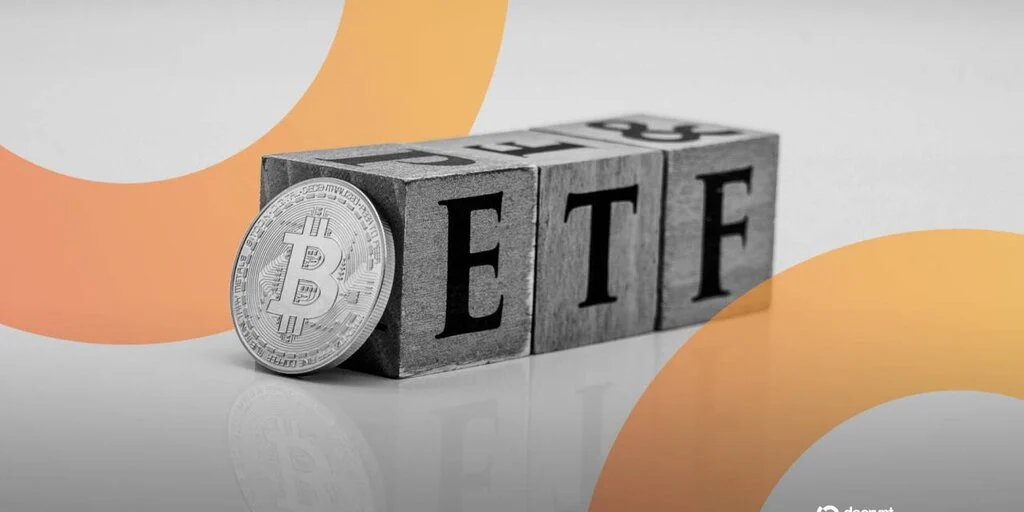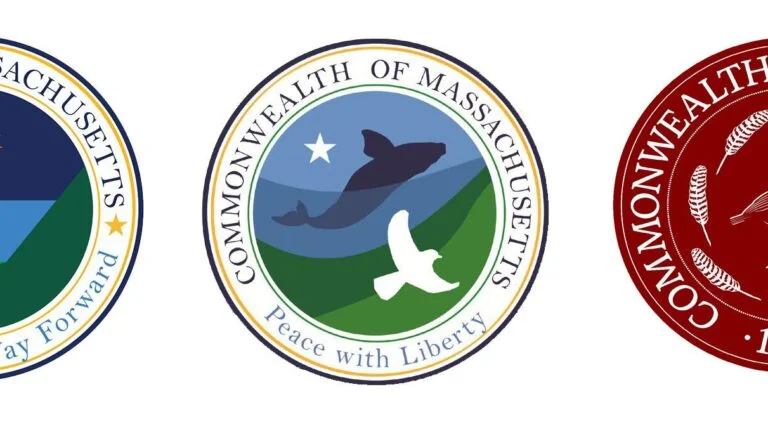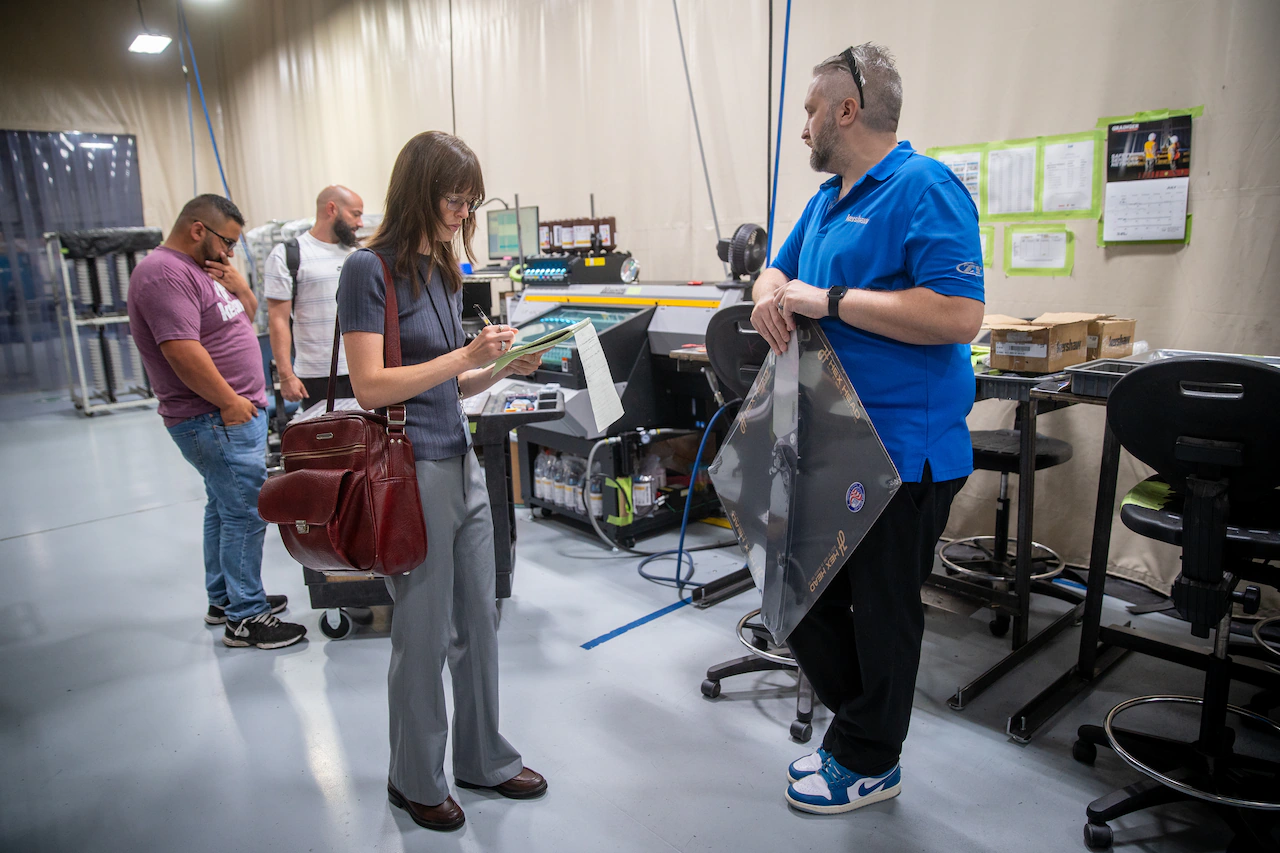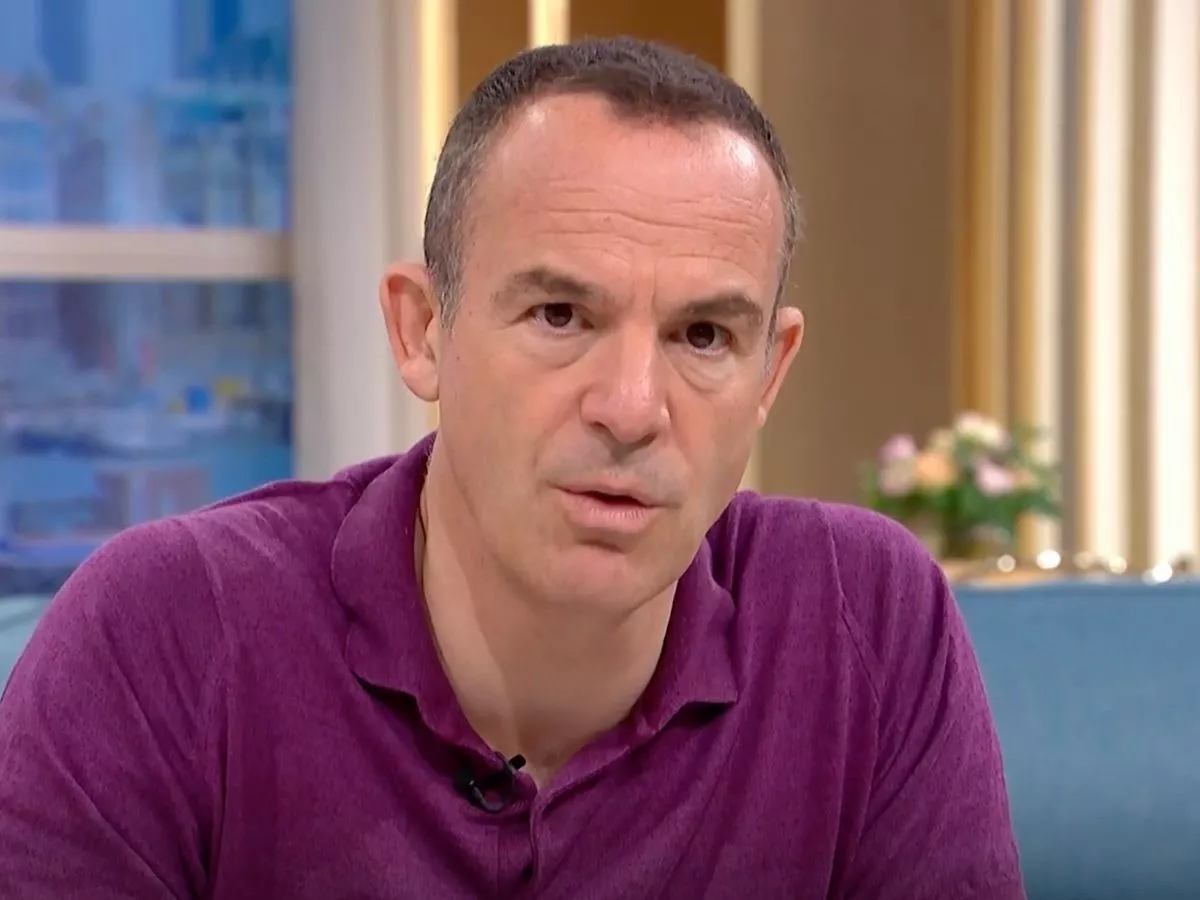Charlie Kirk’s memorial was one of the most heavily fortified events of its kind, expert says
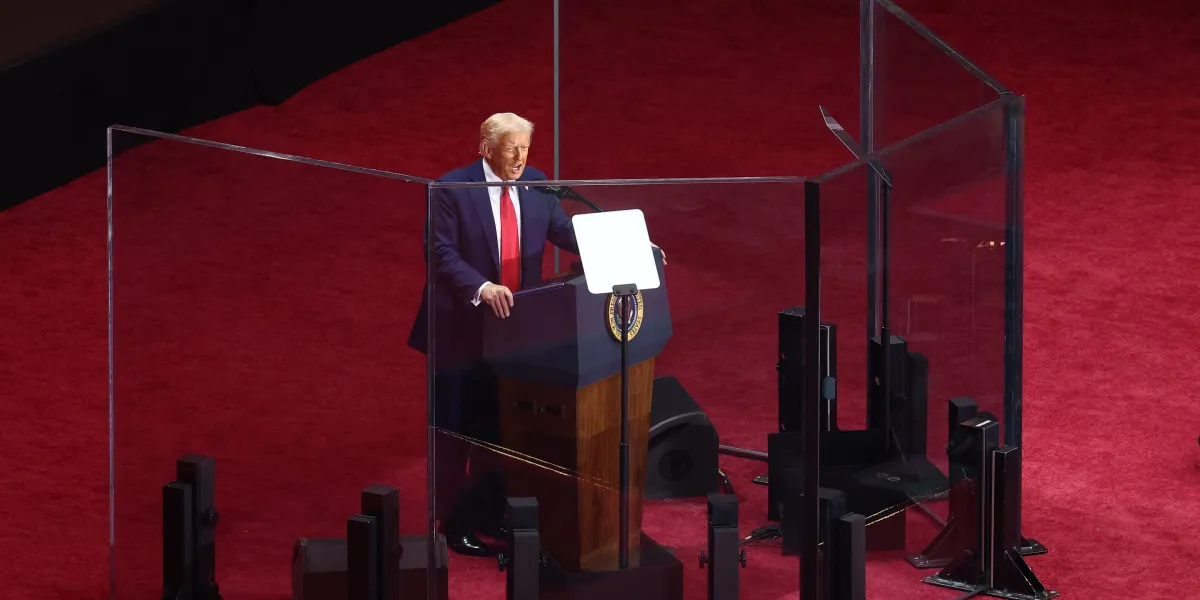
The event on Sunday included remarks from President Donald Trump, Vice President JD Vance, and five members of the Cabinet. The lineup called for a Special Event Assessment Rating (SEAR) Level 1, prompting security measures and a price tag on par with a Super Bowl. And State Farm Stadium in Glendale, Ariz., was filled to capacity with about 70,000, while a nearby overflow site at Desert Diamond Arena held 10,000.
Toby Braun, international security expert and founder of American Special Investigative Group, told Fortune the event was “one of the most fortified memorial services in recent U.S. history,” with security layers in every aspect of the environment, from the airspace above the venue to the streets below.
Highly-visible measures included the transparent ballistic glass onstage designed to resist both gunfire and explosive blasts, TSA-like magnetometer checkpoints, security fencing, road closures, and vehicle checkpoints—and a massive amount of both law enforcement and private security personnel, he said.
Other measures included counter-sniper teams monitoring potential long-range threats from elevated positions, plain-clothes officers mingled in with the crowds to identify suspicious behavior, anti-drone systems shielding the venue from aerial threats—even though its retractable roof was shut for the event—and law enforcement drones of their own.
Additionally, explosive detection equipment, K9 sweeps, and sealed drainage openings along motorcade routes added further layers of protection to guard against unconventional attack methods, Braun added.
The bulletproof glass was reminiscent of the Popemobile, Eric O’Neill, former FBI counterterrorism and counterintelligence operative, told Fortune, adding the security measure may become the “new future” for political speakers, especially those that can’t afford a Secret Security detail. During his campaign in August 2024, Trump spoke behind a bulletproof glass enclosure in Asheboro, N. C., five weeks after an assassination attempt in Butler, Penn.
All said, the measures likely cost taxpayers an amount comparable to a Super Bowl security bill, O’Neill estimated. Even though the stadium authority stressed it was a private event, the SEAR 1 rating mobilizes federal coordination teams and interagency support under DHS and the Secret Service.
There is no official public estimate of the cost of Kirk’s memorial, and DHS did not respond to questions on estimated costs for the event.
“It’s so hard to estimate costs… every city is different,” Braun said. “But it cost millions.”
Contentious fireworks
But one feature of the ceremony sparked debate over its actual contribution to security. Fireworks spouted directly beyond the stage where the president and others spoke, which had online critics questioning the need for them. Some experts tell Fortune the pyrotechnics were more fanfare than threat prevention.
“I thought that was more to make it seem a little bit more like a tent revival,” O’Neill said.
He pointed out that a rarely used bulletproof glass shield enclosing the speaker podium protected anyone onstage more than fireworks ever would. The case for the pyrotechnics providing an added layer of protection was moot when the high-profile leaders moved in and out of the enclosed area between speeches—plus the fact that the fireworks didn’t spark continuously throughout the ceremony—O’Neill added.
Using fireworks to distract or impair a potential shooter’s vision is a “clever” take, but probably wouldn’t have an impact, especially compared to the bulletproof glass that would presumably stop a bullet, O’Neill said.
Richard Bradshaw, director of Rebel Safety, a specialist safety consultancy for film, TV and live events, told Fortune it would be challenging to demonstrate how fireworks reduce risk in a crowded or emotionally sensitive environment.
“Pyrotechnics are usually designed for visual impact, not for addressing security threats,” he said.
